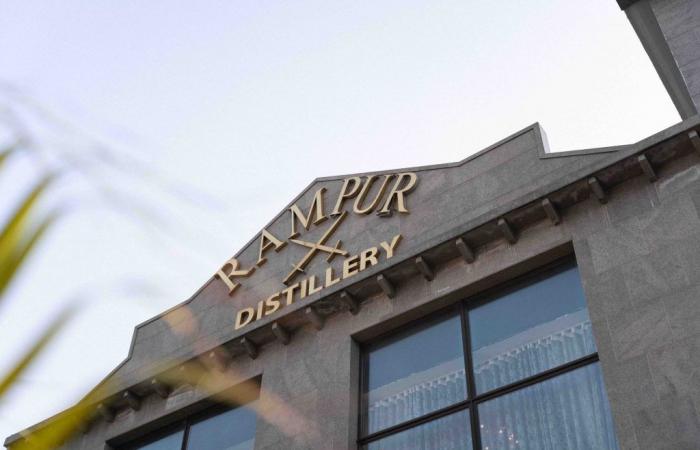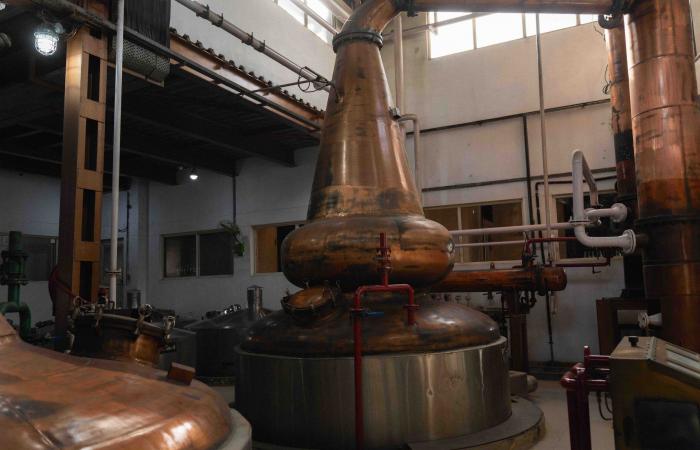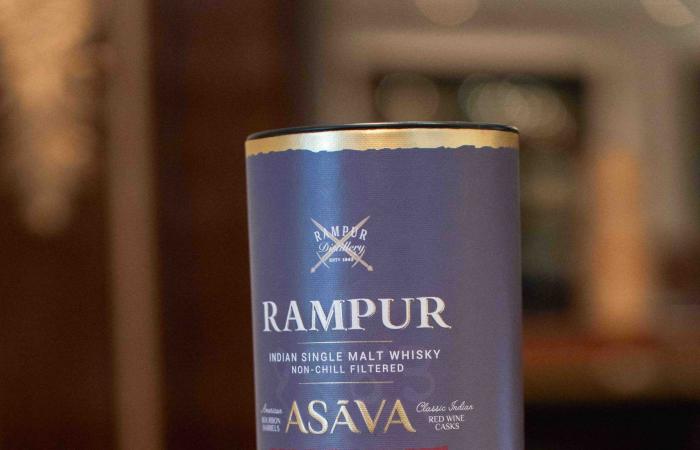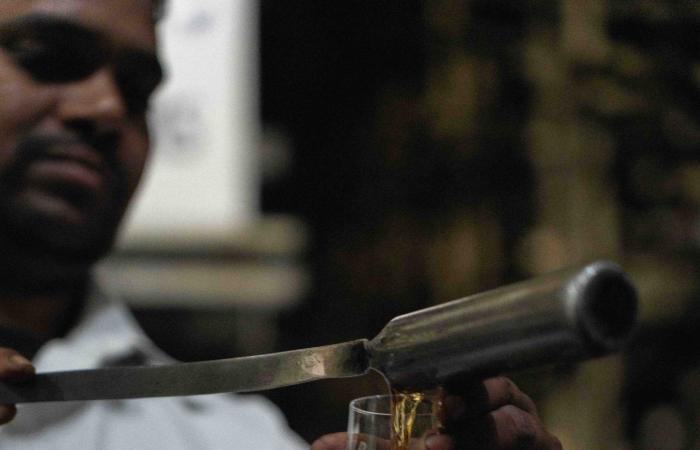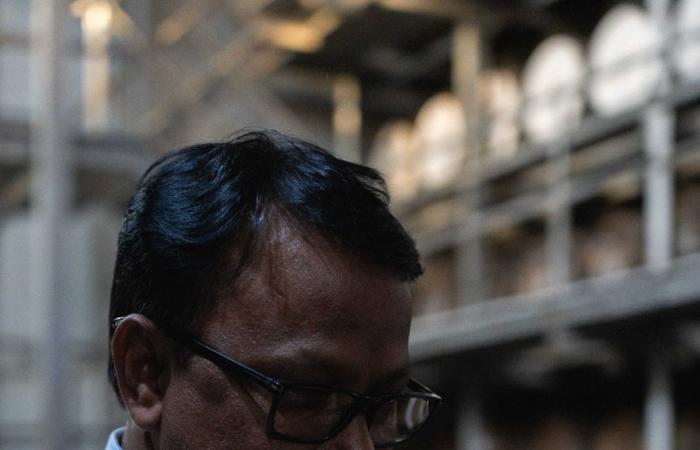It seems incredible that the same people capable of obsessively developing musical polyrhythms are equally deaf to the total dystonia of a thousand horns sounding at the same time in Delhi traffic. But, quoting one of the most stereotyped phrases that I heard repeated before leaving, “India is a country of contrasts”.
Put another way: the most populous state on Earth (1,428,627,663 inhabitants) continues, yes, to seek its own identity in dialogue with the globalized world, but it is also difficult to be influenced by other people’s ideas and cultures when one’s “home ” has the size of a continent, the history of an empire and the culture of an alien planet.
If its Chinese neighbor had and still has the political ideology and the strength of the party to hold the threads of a shared culture, India instead seems to absorb everything from everyone, without ever changing for millennia. And even today, as it begins to be fully aware of its role as a great power, it does so timidly, trying to chart its own path, without fully knowing (at least, it seems) its direction.
Credits: Mike Tamasco
In these reasonings, a bugaboo always looms: that, alas, well known in our area, of food sovereignty. Yet, these two words have nothing to do with the story we are about to tell you. Rather, they are connected to the historical course of colonialism, and to a sort of reverse cultural appropriation: now that the former colonies feel free to start reasoning about the recent past, they find the strength (and legitimation) to make something they own their own loves and that would not be, “traditionally”, in their DNA.
From India, then, we tried to answer a question: can a billion Indians change the history of whisky, and give it to drink with excellent results even to those who had once made them a colony?
The history of whiskey in India
Although in recent years Japanese whiskey has cleared the concept of the “Asian” spirit, no one in the West tends to include the Indian subcontinent among the great world producers. Our ignorance: the link between the spirit and the country is profound, although obviously whiskey is not historically the traditional Indian drink.
However, other distilled and fermented spirits are, such as the liqueurs infused in Rajasthan (cashew based) or Goa (coconut based). The history of whiskey began through colonial means, with the English who, as they used to do, brought it to India as their commercial export. Equally included by the British was beer: the first Indian brewery opened in 1820, still under the British Raj, and thus the importation of barley malt began. Shortly afterwards, the brewery was also transformed into a distillery, albeit amidst much criticism, given that the use of cereals for distillation was not looked upon favorably at the time given the frequent food shortages.
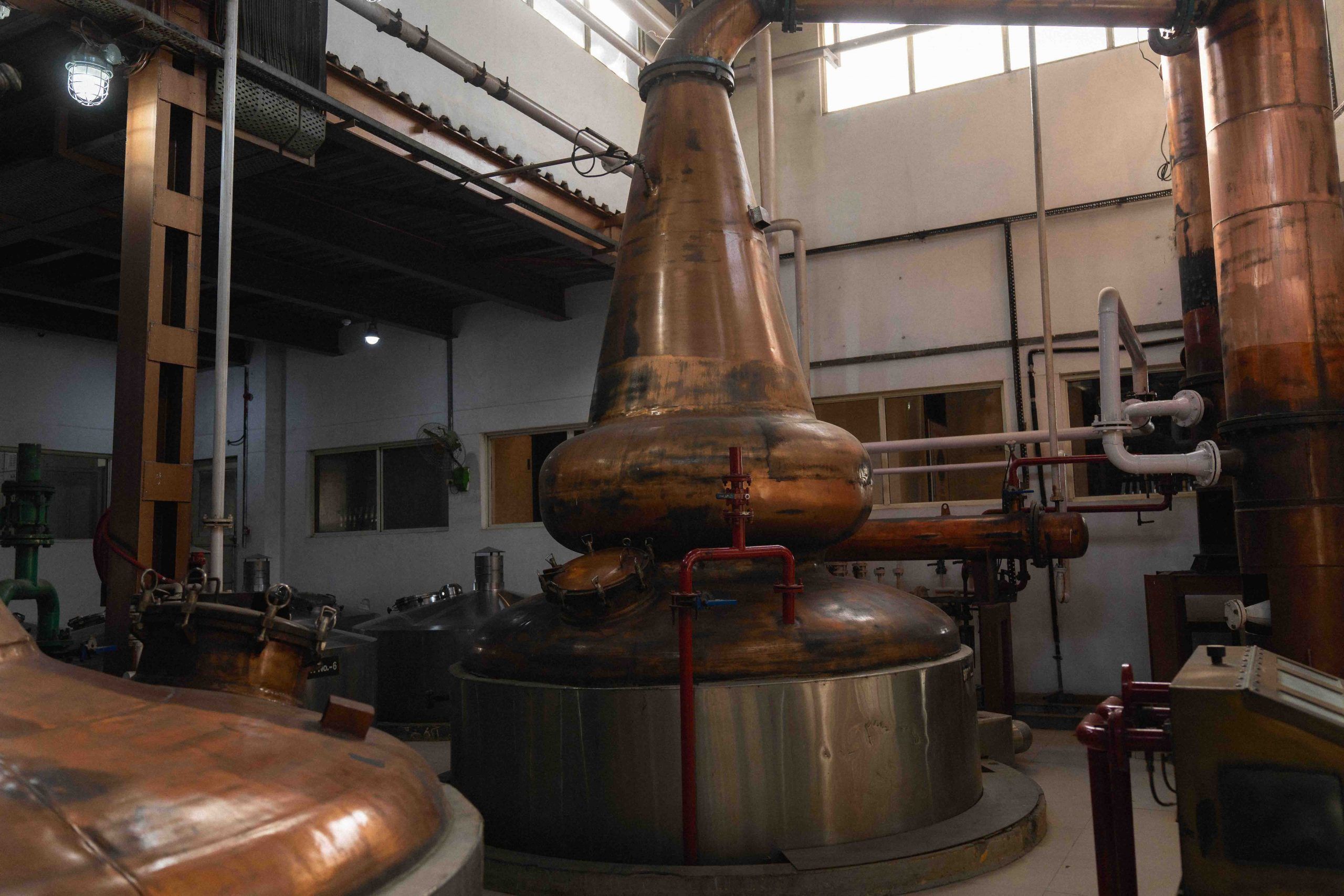
Credits: Mike Tamasco
Of course: we are talking about an era in which the consumption of spirits was the exclusive prerogative of British officers and Indian elites, as a digestive or aperitif. It was only after decolonization that the product began to become nationally popular, thanks, for example, to its representation in Bollywood films, where the ritual of drinking whiskey often appeared. Swirling a glass of Scotch in your hand thus quickly became a status symbol.
Towards the end of the 20th century, demand grew enough for domestic “whisky” distilleries to take off, the quotes being entirely intentional. In fact, if the rich continued to choose the best bottles from the American and US markets, the less well-off needed a substitute that could, at least on a symbolic level, elevate them to the life they saw on the big screen.
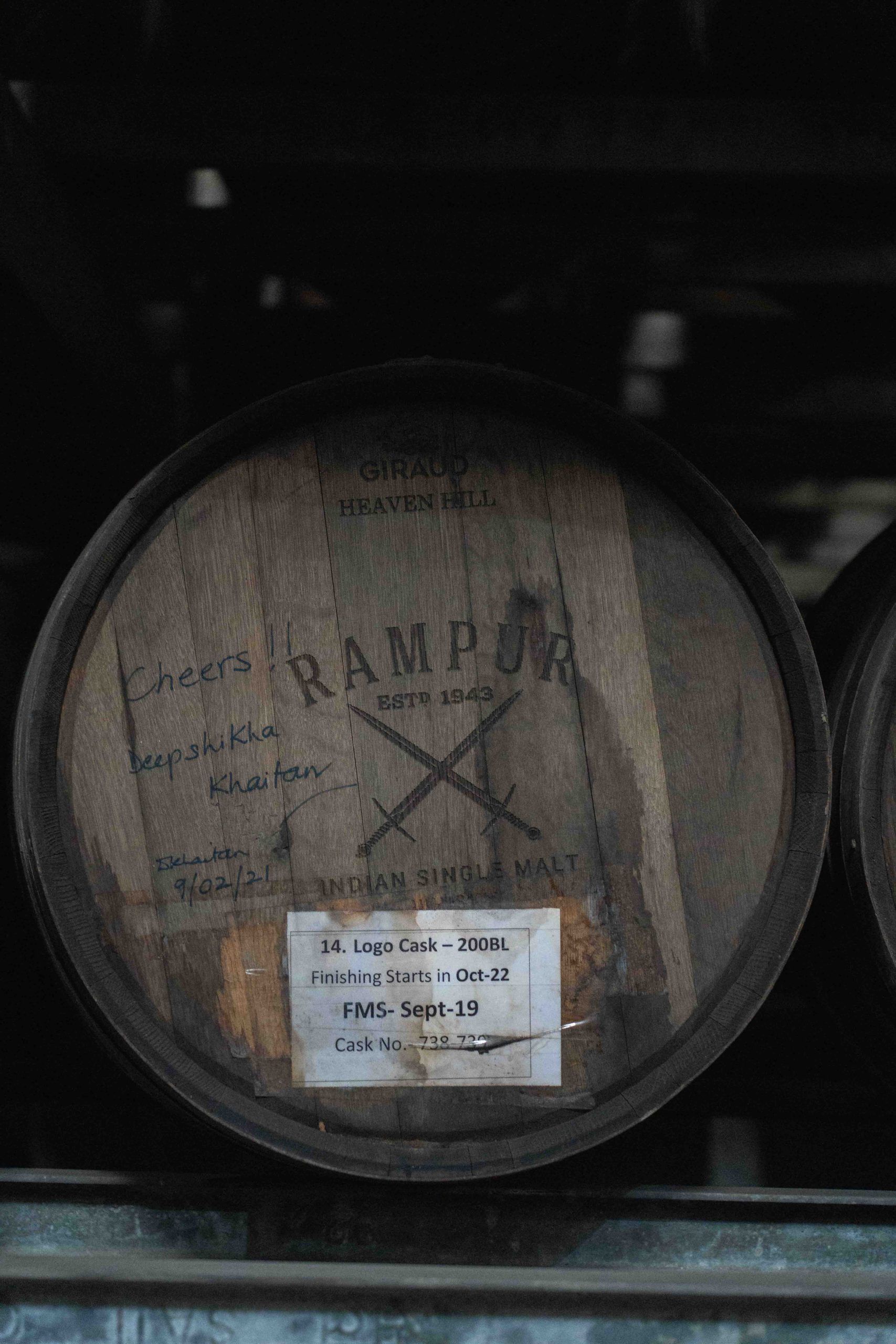
Credits: Mike Tamasco
This was the origin of many “Indian Whisky” references, in reality a mix of neutral alcohol, molasses alcohol, barley malt in a small percentage and various flavourings. Price products, which, thanks to absent legislation, were intended to satisfy the thirst of the internal market. But that is not all. In fact, for a few decades there have also been high quality products, which follow in the footsteps of the pioneer Amrut Distillery: founded in 1948, since 2004 it has marketed Amrut Indian Single Malt Whisky, created with native barley. Another virtuous example is Jhon Distilleries, which, after having produced distillates for “fake whisky” in the nineties, started the production of its single malt in 2012. After these we find Rampur, the third largest producer in the country: that is precisely where we headed to understand more about Indian whisky.
The Rampur Distillery, and what we can learn from it
Let’s be clear: marketing is marketing, all over the world. So, what should we make of the communications that, from the Rampur website and on social media, claim that the distillery uses water from the Himalayas? Let’s start by saying that it is all absolutely true, but in the sense that all the rivers of Northern India are the result of melt water from the glaciers of the mountain range. Easy, right?

Credits: Mike Tamasco
In reality, Rampur has very little to do with the mountains. It is a placid town of 281,549 inhabitants, capital of the district of the same name in the federal state of Uttar Pradesh. Here, however, hidden among the comings and goings of trucks, lies our elegant and modern distillery. Upon entering, we find ourselves in a visitor center capable of being the envy of anything we could see in Scotland or Ireland: an aquarium room that directly overlooks the distillation stills, comfortable leather armchairs, a dark, solid wooden counter. And we are immediately projected into a London club from the last century.
From the tasting we take home interesting elements. Firstly, the ageing: every year, the barrels in which the whiskey rests release a percentage of alcohol which evaporates through the staves. It is called romantically “angels’ share” (part of the angels), as if that were the tithe to be paid to have an excellent product. If in Scotland or Ireland the angels’ share is 1-2% per year on the liquid contained in the barrel, this percentage increases dramatically in warmer climates, reaching 12% per year in countries such as India.
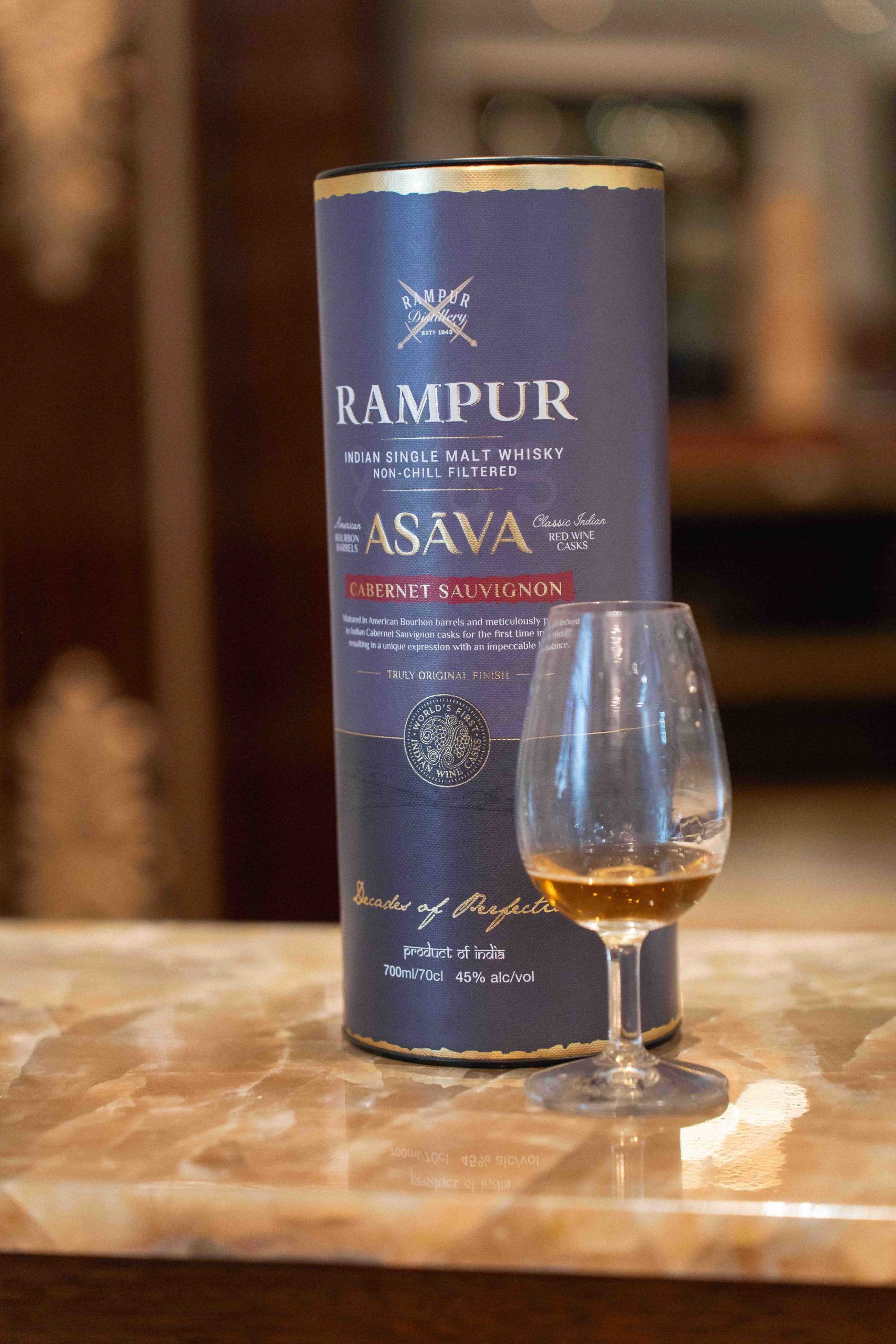
Credits: Mike Tamasco
This means that aging in these parts is just a number, or as the locals like to say, “three years in India is ten in Scotland”. Think of it like this: it is very different to cook on a low flame or on a stove at full power, in fact with the same cooking time you would obtain different results.
The second interesting point is the numbers: Rampur currently has more or less 40,000 aging casks. It is an incredible number, especially if we think that for many of us, today is probably the first time we have heard of this distillery. Where is all this whiskey going? Wrong question. Let’s rephrase: where it will go this whisky?
Those who manage this product are in fact used to thinking in the long run, and in this the Indians’ ambition seems to have no limits. In short, they saw what they had done in Japan, and they relaunched, following in their wake with the advantage of being able to learn from the mistakes already made by others. In the case of Japanese producers, in fact, when the world became aware of the existence of those extraordinary products, the warehouses were quickly emptied, creating a supply gap that lasted almost a decade. It’s not a given that the same will happen, but in India, in any case, they want to be ready.
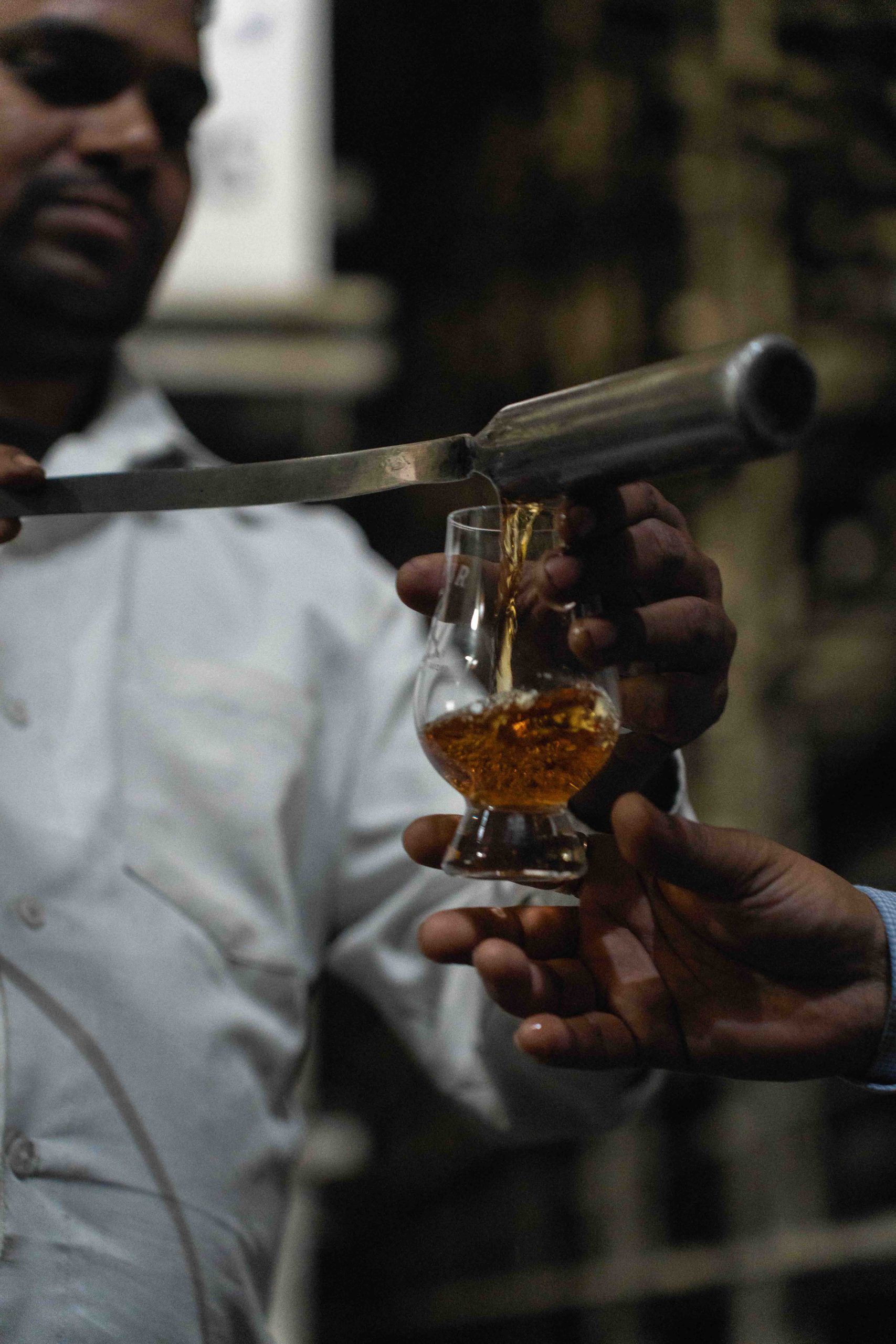
Credits: Mike Tamasco
Finally we come to the key question: what type of whiskey does Rampur produce? Meanwhile, it is interesting to know that they only use Indian barley, coming from Rajasthan (less scenic than Himalayan water, but more interesting on the finished product). Then, Rampur works with two basic aging processes that follow the European style; but they also opened the doors to different and very interesting aging processes. An example: “ASAVA”, which in Hindi means “wine” and which receives a finish in barrels that held Indian red wine (yes, Indians make red wine, but that’s another story). Or a limited edition that makes the final passage in ex Porto cask, ex Calvados or ex IPA (I tried to ask if it was an Indian IPA, which would have made it an Indian Indian Pale Ale, but unfortunately no, the cask came from From United Kingdom). Finally, for the 75th anniversary of the distillery, a celebratory bottle from three casks was released, to date the most expensive whiskey produced in India.
So, what do we understand about Indian whisky?
Evening falls on Rampur, and we are invited to have a barbecue in a private house together with the distillery management. The short English lawn is perfectly cut, the air conditioning pumps through the open French doors, a singer has been hired to entertain us with major Bollywood hits and (for reasons unknown) My December by Linkin Park.
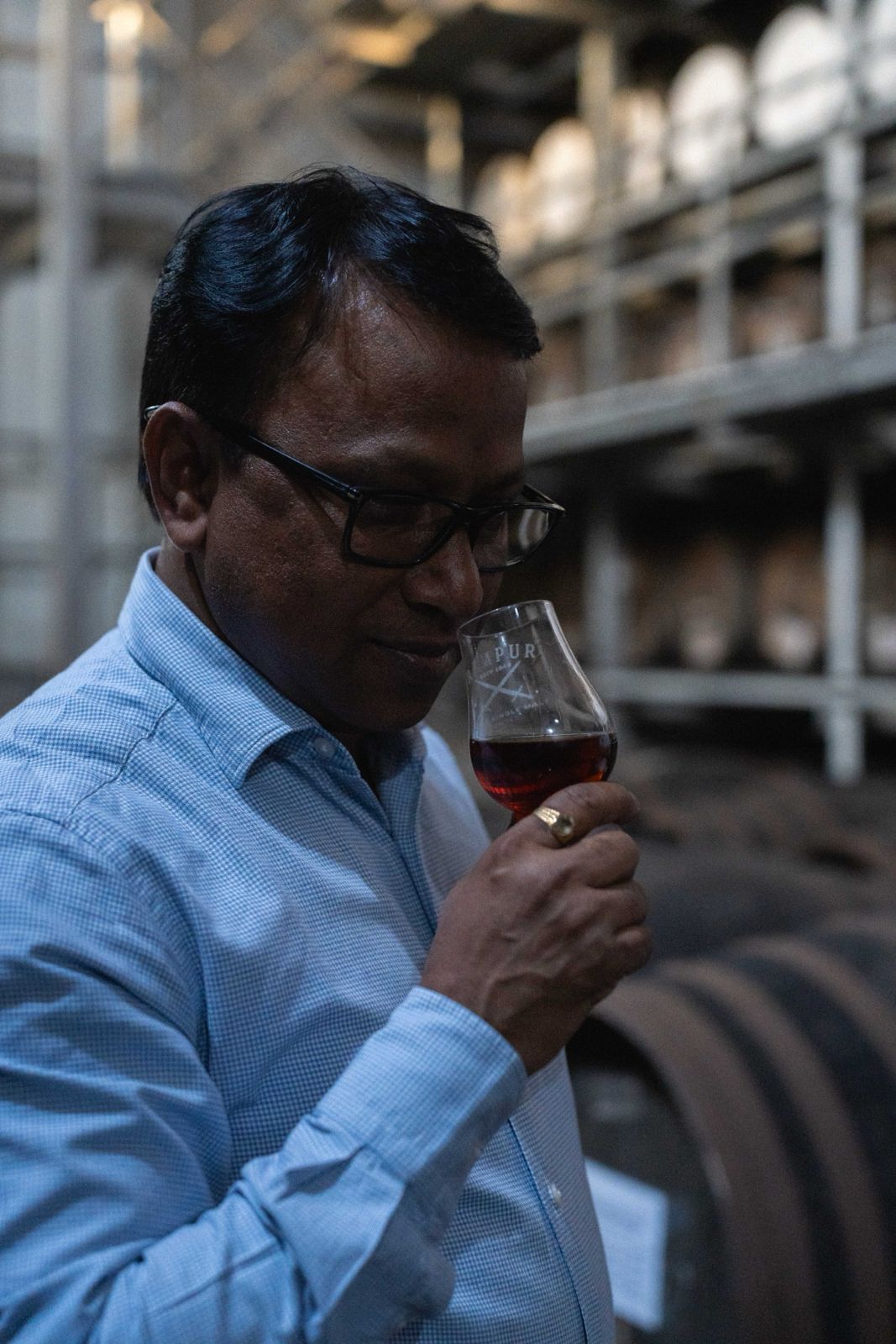
Credits: Mike Tamasco
An army of attendants brings Indian food on elegant plates, while four workers grill chicken and guava on the coals. Everyone drinks whiskey & soda. Perhaps this upper class Indian dinner taught me more about whiskey than the specific analysis of aging woods. I watch as they dance, sing and laugh, some in their Western suits, others in traditional clothing: are they the new India, rich, cosmopolitan, and very far from the hundreds of millions of destitute people who live outside the barbed walls that surround the villa? It is for them that the new whiskey exists, it is part of their ancient and recent history, of what they are and what they want to become. India is changing and is doing so very quickly, and on the other hand we know, as everyone in these parts has told us, three years in India are comparable to ten in Europe. Why shouldn’t we believe it?

